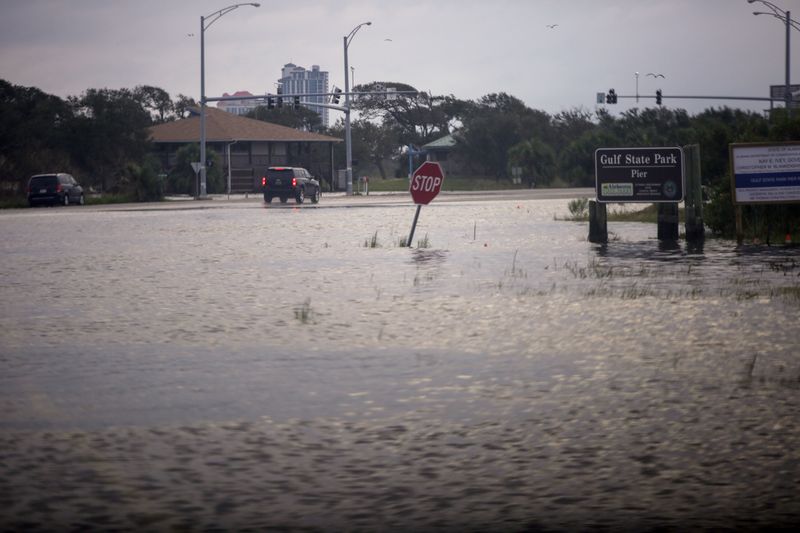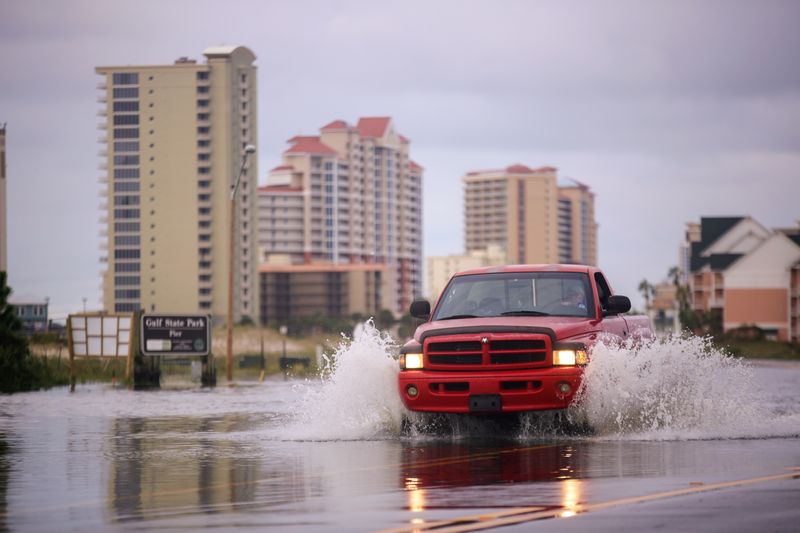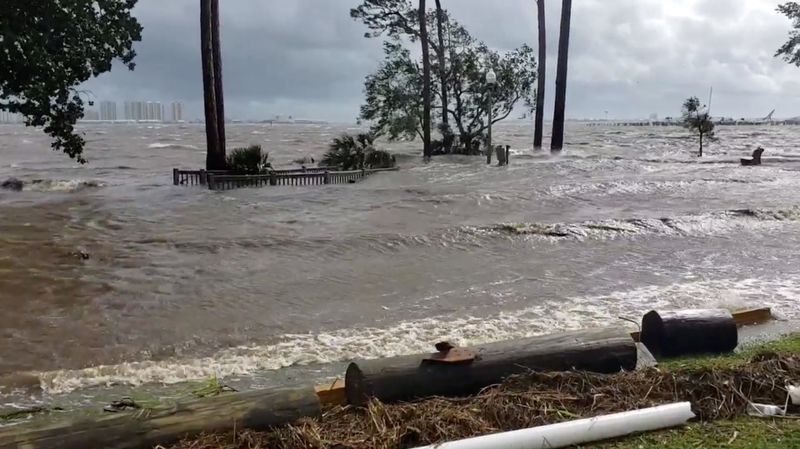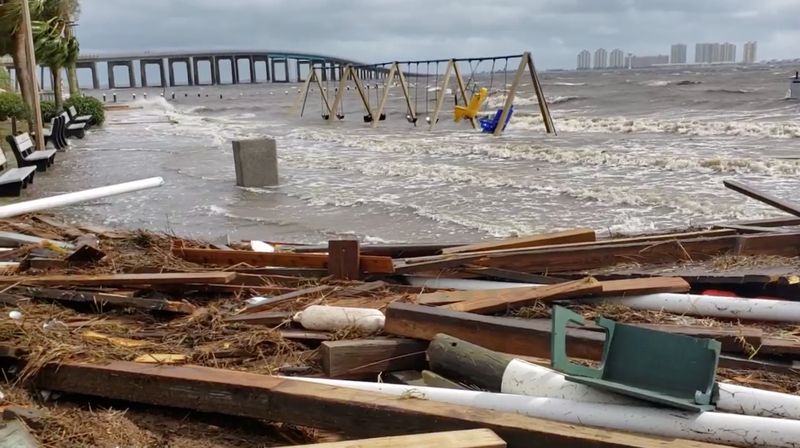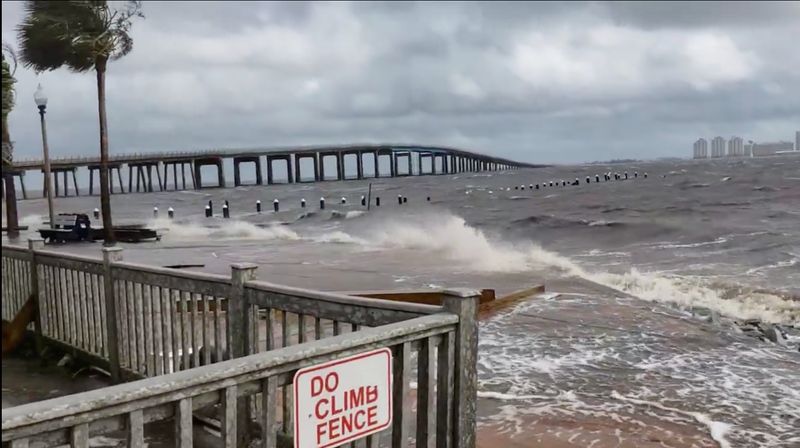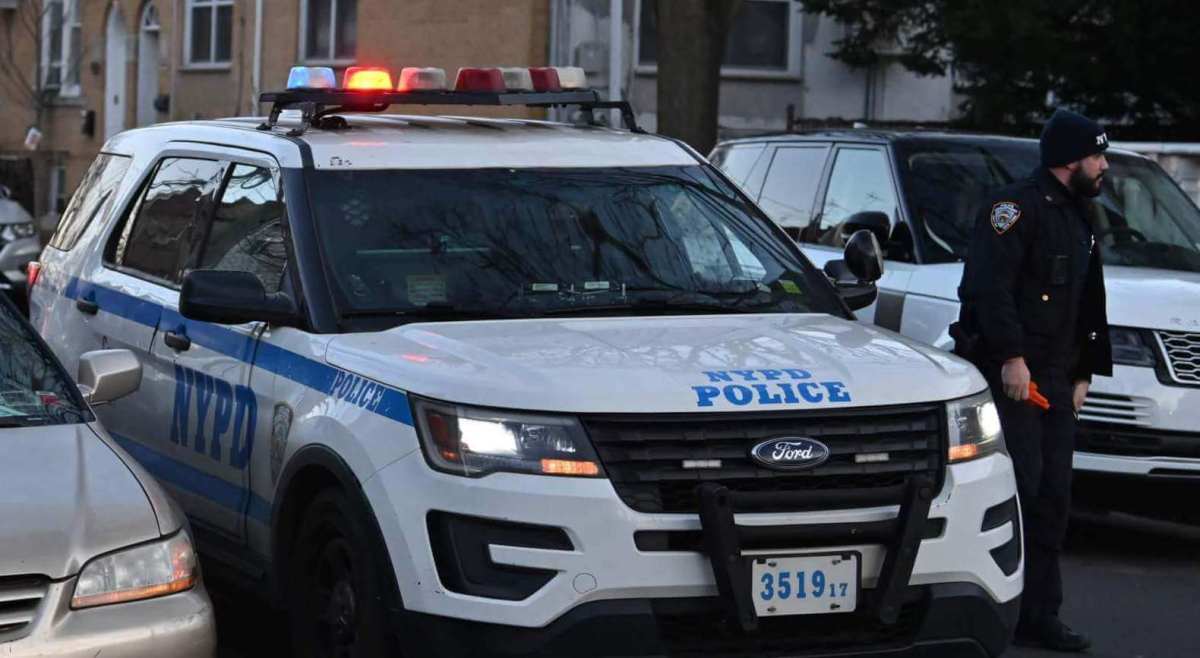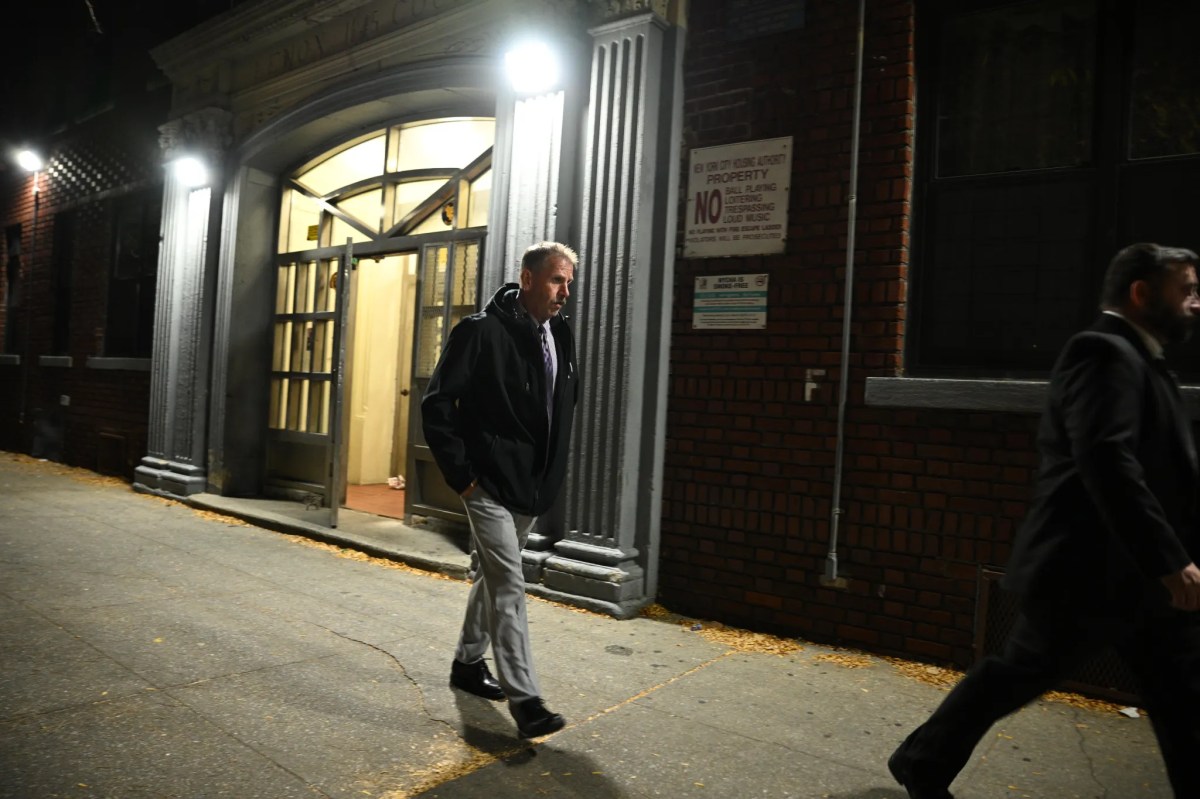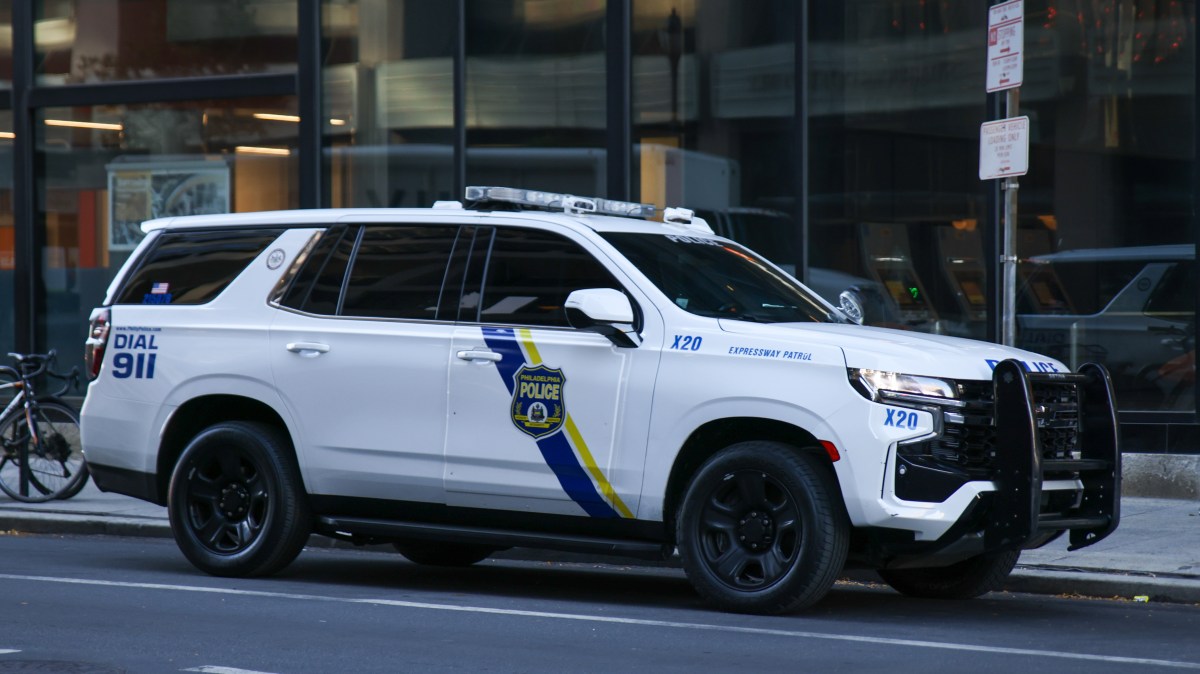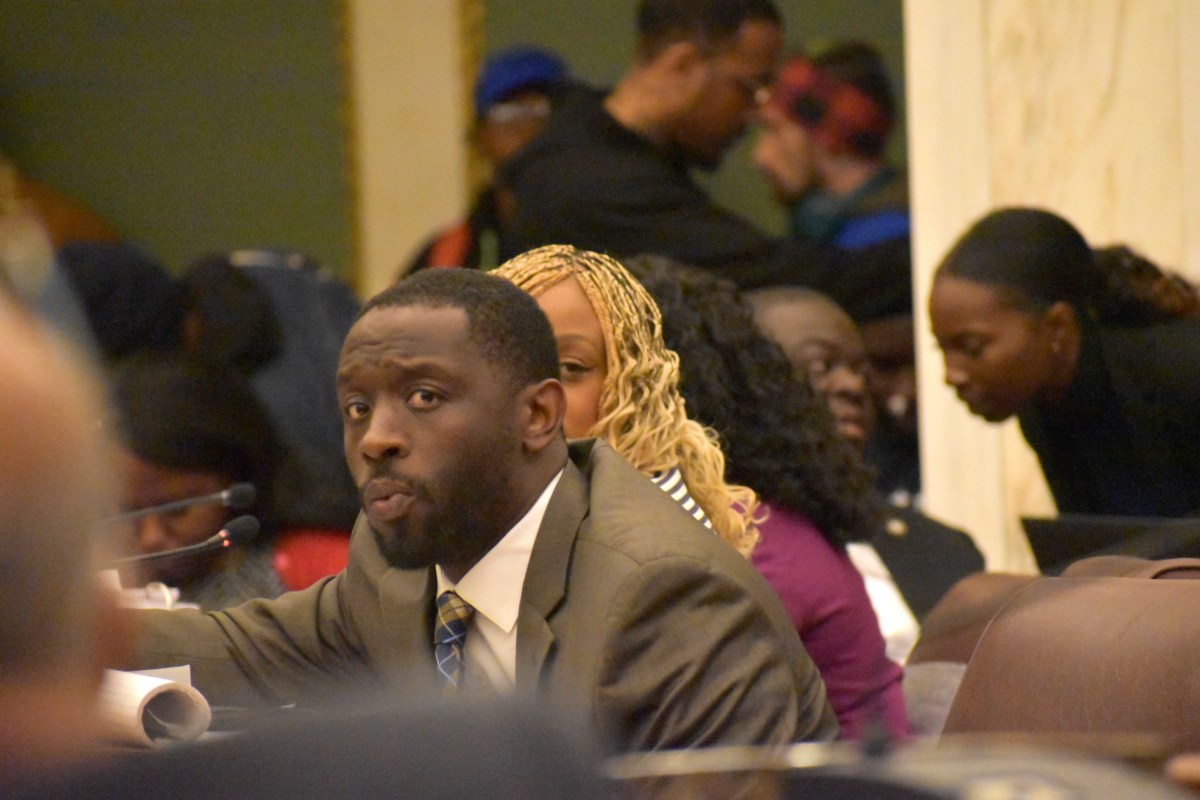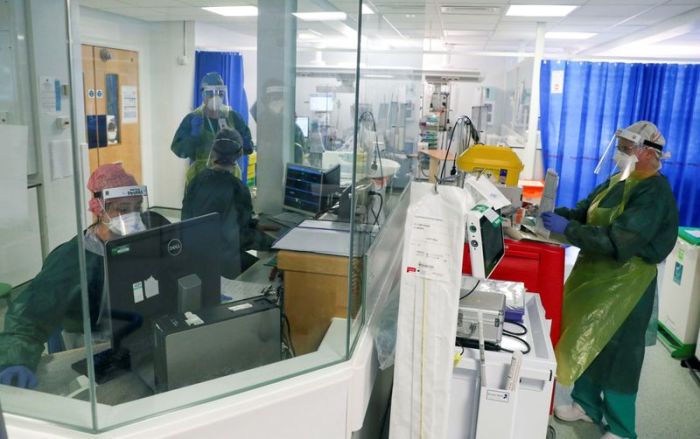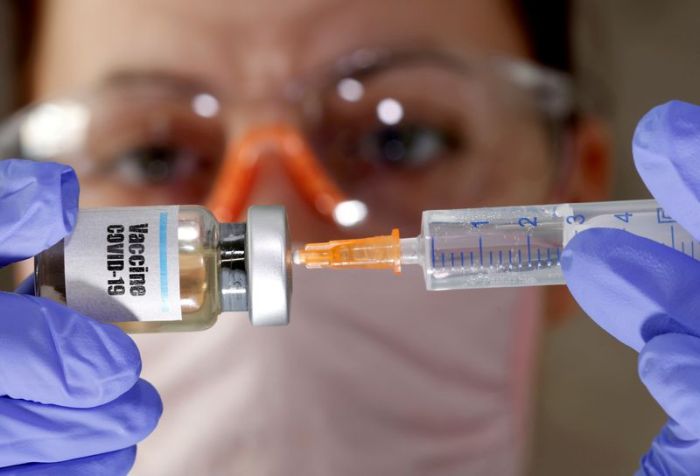PERDIDO KEY, Fla. (Reuters) – The remnants of Hurricane Sally dumped more than a foot of rain over the U.S. Southeast on Thursday, killed at least one person, washed out bridges and roads and left hundreds of thousands without power and others with ruined homes.
Sally brought torrential rains and flash flooding to Alabama and Georgia as it sped toward the Carolinas. At 5 p.m. CDT (2200 GMT), it was about 70 miles (115 km) northeast of Augusta, Georgia, moving northeast toward the Atlantic Ocean at 24 miles (39 km) per hour, the U.S. National Hurricane Center said.
JJ McNelis, 64, who co-owns a real estate office in Florida’s Perdido Key, tried to salvage equipment and personal items, including pictures of his children, after the hurricane ripped away the building’s roof and flung it into neighboring property.
“We anticipated a hurricane,” he said. “We didn’t expect a direct hit. We thought we’d show up the next day and have a building standing but lo and behold, that’s not the case.”
He said he had already decided against rebuilding: “Somebody else can have this. It’s jinxed now.”
Sally struck Gulf Shores, Alabama, early Wednesday with winds of 105 miles per hour, killing one person. Another person was reported missing.
Some areas were inundated with more than 2 feet (60 cm) of rain. Pensacola, Florida, east of landfall, experienced up to 5 feet of flooding, and damaged roads and bridges limited travel across the region. Some 433,000 homes and businesses in Alabama, Georgia and Florida remained without power.
RUINED HOMES
Lee Hayes, 56, a security officer, held her dog Rico close as she recounted losing an entire side wall of her home in Perdido Key overnight.
She had been ready to leave at any moment, her kayak on her couch inside, both she and her dog wearing life jackets.
“I’m like: ‘okay, we’re not going to drown, we’re not going to drown,'” she said. She recalled going outside to check the water surging beneath her deck. “The door slammed and locked. It was just such a force the whole wall blew out. I couldn’t get back in. It was really scary.”
In Florida, there have been no deaths but 120 people were rescued by state emergency workers and National Guard members with boats and high water vehicles. Officials were conducting evaluating bridges for damage in the state’s Panhandle, said Governor Ron DeSantis.
Utility crews and residents made repairs and cleared storm debris after Sally washed out roads and bridges and left dozens of boats pushed ashore.
Fuel prices rose again on Thursday as six U.S. refineries were offline and OPEC promised to crack down on members that produced more than their allotment. Gasoline futures rose 3% to near the high for the month.
Utilities began restoring power to Alabama and Florida with crews brought from far-flung states.
“This year we’ve just got hurricane after hurricane,” said Matt Lane, 23, a member of a crew from New Hampshire Electric Co-op who arrived on Tuesday from Hurricane Laura recovery efforts in Texas.
ANOTHER STORM BREWING
Sally was the 18th named storm in the Atlantic this year and the eighth of tropical storm of hurricane strength to hit the United States.
A tropical disturbance was brewing in the southern Gulf of Mexico on Thursday that has a 90% chance of becoming a cyclone in the next 48 hours. Two other named storms were in the Atlantic, making this one of the most active Atlantic hurricane seasons on record.
Energy companies were returning Gulf of Mexico offshore oil crews and assessing damages to coastal facilities. Several said their facilities weathered the storm and were preparing to restart.
(Reporting by Devika Krishna-Kumar and Catherine Koppel in Mobile, Alabama, and Perdido Key, Florida; Additional reporting by Jennifer Hiller in Houston and Stephanie Kelly and Scott DiSavino in New York and Rich McKay in Atlanta; Editing by Steve Orlofsky, Timothy Gardner, Marguerita Choy and David Gregorio)

